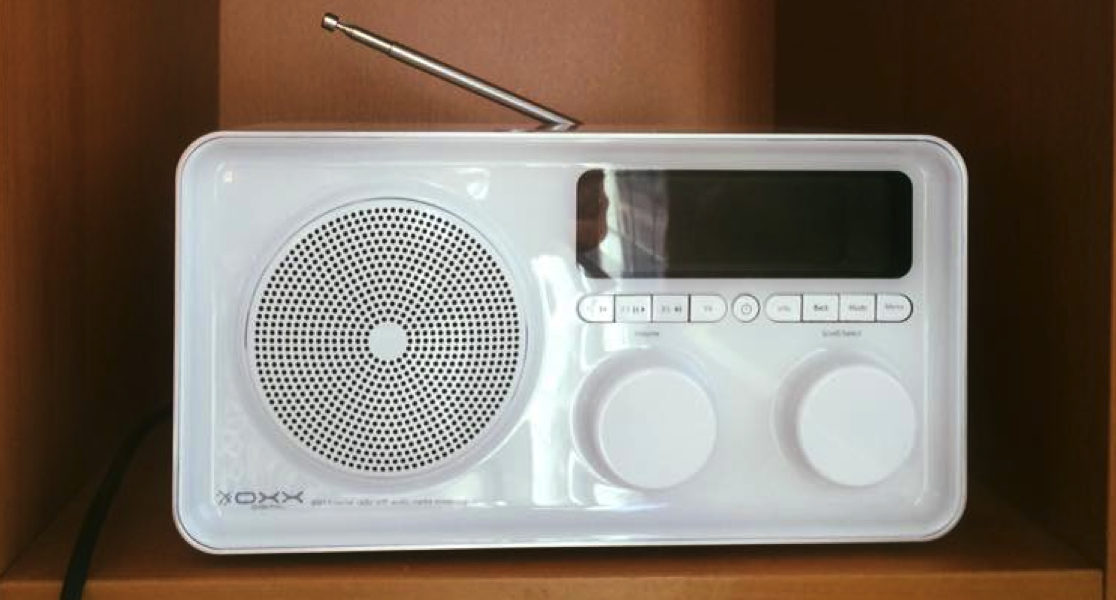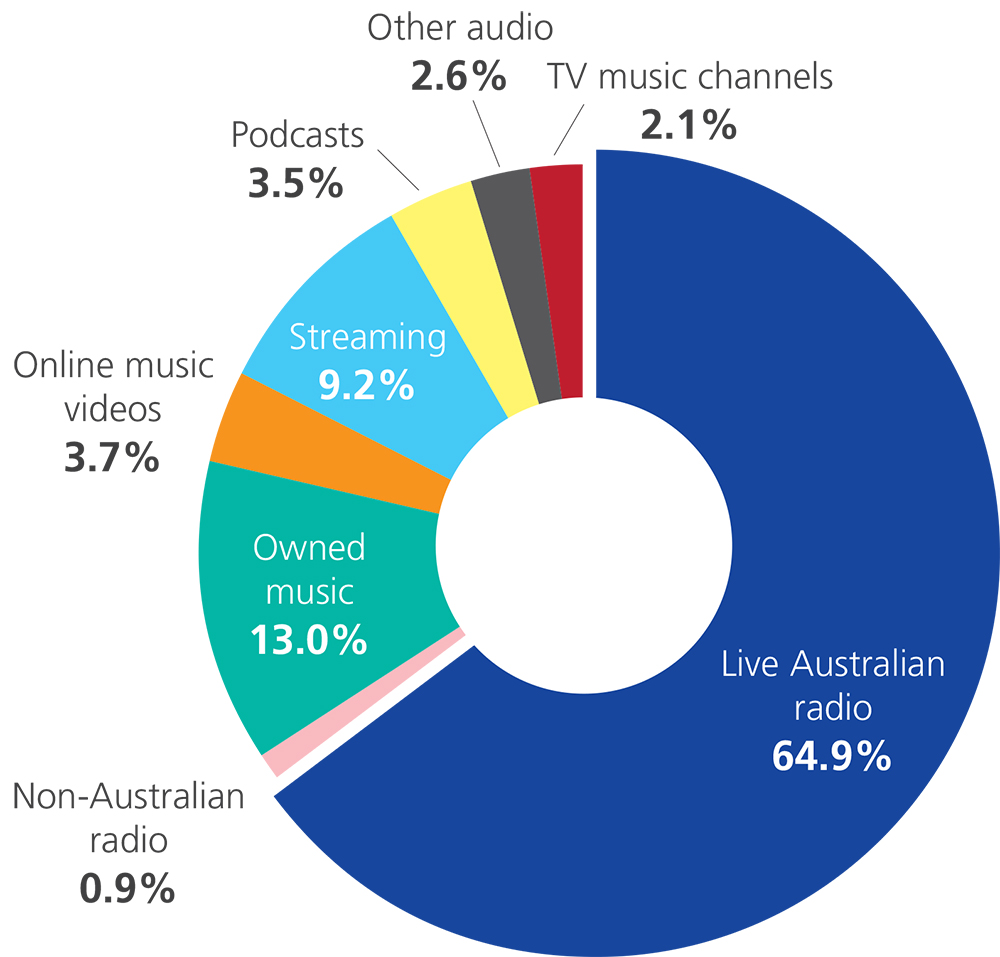Live Australian radio thriving despite competition

Australians spend 2 hours and 12 minutes of that time listening to live Australian radio
The first major comprehensive study of Australians’ audio consumption has found that the entry of global players such as Pandora, Spotify and Apple Music have failed to dent Australian radio’s dominance of the audio landscape.
The Australian Share of Audio study, conducted by multinational research company GfK, found that Australians spend an average of three hours and 23 minutes each day consuming audio in a dynamic and changing market that includes internet-only services, podcasts and online music videos.
This is the first of what will be an annual independent authoritative report into the evolution of the audio sector in Australia and follows in the footsteps of the well regarded Edison Share of Ear study in the USA which has been tracking audio sector trends for two years in that market.
Of the time spent with audio, Australians spend two hours and 12 minutes listening to live Australian radio, equivalent to a 64.9% share of listening.
Listening to their own music collections accounted for 13% of listening, while the combined streaming services Pandora, Spotify and Apple Music accounted for 9.2%.
Online music videos such as YouTube accounted for another 3.7% of share of listening, and podcasts 3.5%. Just 2.1% of listening is to TV music channels and 2.6% to “other audio” including audio books and music playing at various locations such as in the gym or in pubs.
The results of this important study were released today at the National Radio Conference in Melbourne.
“Australian radio is operating in a very competitive space with increasing competition from global players. As the major player in the audio category, it’s important for us to understand how the market is evolving, so that we stay on the front foot of emerging trends,” said Tony Kendall, chief executive of Australian Radio Network and chair of CRA’s Marketing and Brand Committee. “This study provides us with a snapshot of how and where Australians are consuming not just radio, but the whole audio category.”
